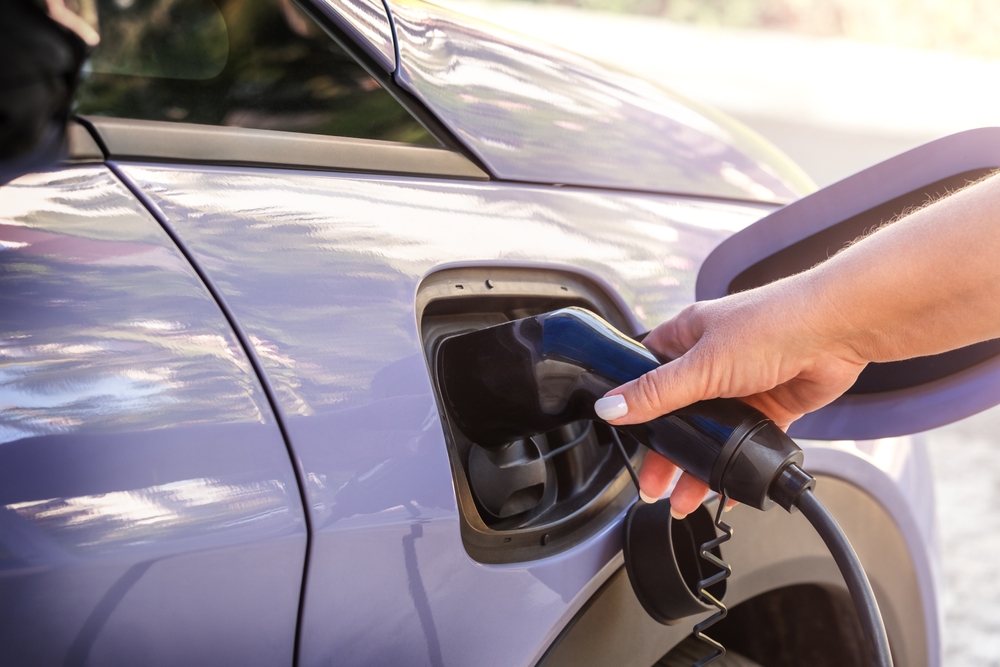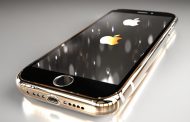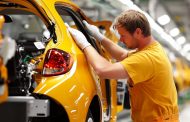The state of electric vehicle charging in North America is shaping up like the smartphone charging wars — but focused on much more expensive hardware. Right now, like USB-C and Android phones, the Combined Charging System (CCS, Type 1) plug is on a greater variety of cars. Meanwhile, Tesla’s plug was long compared to Apple and Lightning.
But while Apple eventually adopted USB-C, Tesla is opening up its connector, renaming it the North American Charging Standard (NACS), and trying to shove CCS out of the way.
And it’s working: the new NACS port is being standardized by SAE International, and today, largely every automaker, including Ford, GM, Toyota, Rivian, Volvo, Polestar, Nissan, Mercedes-Benz, Jaguar Land Rover, Fisker, Hyundai, Stellantis, Volkswagen, and BMW, has signed on. New cars equipped with NACS are on the way but likely won’t start rolling out until 2026.
Meanwhile, Europe already dealt with its standards issue by settling on CCS2. For now, EV drivers in their Tesla Model Ys, Kia EV6s, and Nissan Leafs (with the ailing CHAdeMO connector) in the US are still stuck looking for the right station or adapter and hoping everything’s operational — but things should get easier soon.
To help solve these issues, the federal government has established a pool of $7.5 billion to fund charging network operators in building reliable EV infrastructure.
North America can become a great and convenient place to own an electric vehicle, but how long will that take? You can find out by reading all the news about electric vehicle charging right here, so come back and plug in often.






